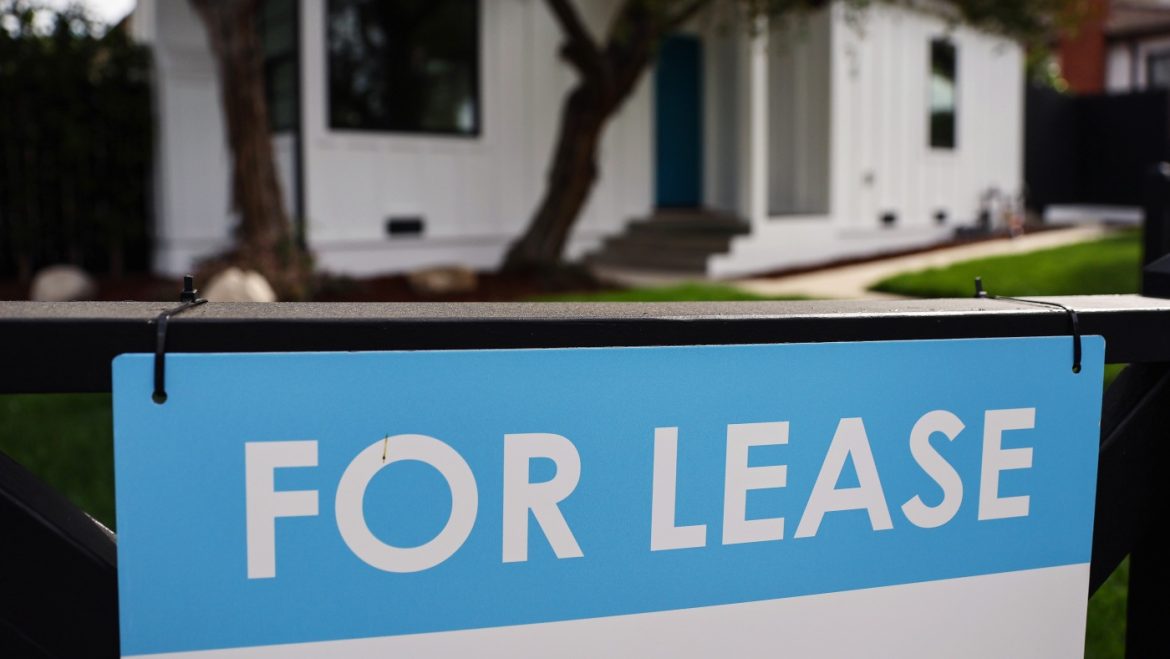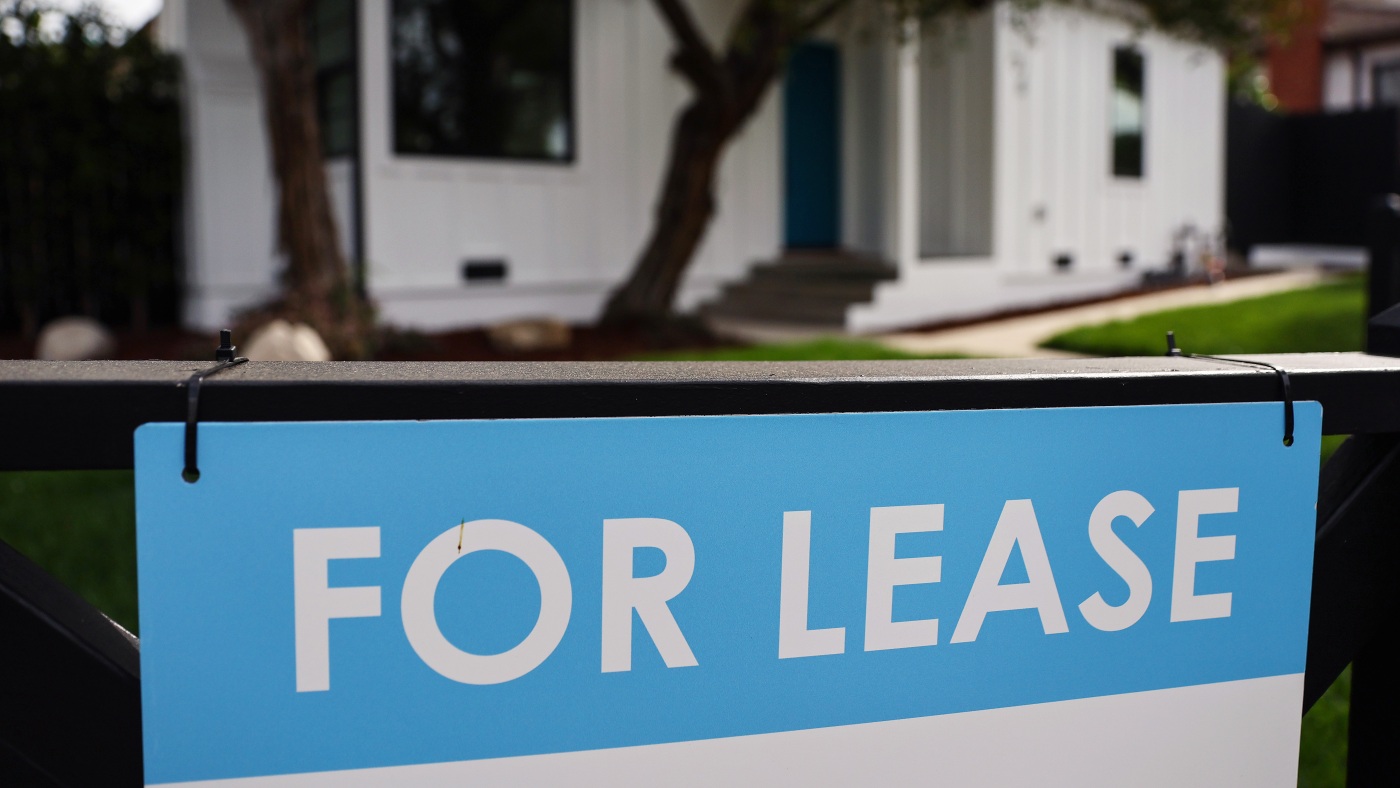Introduction: Shifting Tides in Federal Rental Assistance
The Trump administration has proposed sweeping changes to federal rental subsidy programs, signaling a potential overhaul of how housing aid is administered in the United States. Central to this initiative are time limits on rental assistance, significant budget cuts, and the introduction of work requirements. These changes come at a time when millions of Americans rely on federal rental aid to avoid eviction and maintain housing stability. Understanding these proposals—and their broader implications—requires unpacking the administration’s rationale, potential effects on tenants and housing authorities, and the larger context of housing policy.
—
The Proposal: Time Limits and Funding Cuts
At the heart of the Trump administration’s plan is the imposition of strict time limits on federal rental subsidies. Currently, many programs such as Section 8 vouchers provide rental aid with indefinite or long-term eligibility, allowing recipients to receive ongoing support as long as they meet certain criteria. The proposed policy seeks to cap rental assistance for “able-bodied” adults at two years. This concept is drawn from some existing local programs that already impose time restrictions, but it would mark a substantial shift if adopted widely at the federal level.
The administration’s budget request for fiscal year 2026 seeks to slash funding for the Department of Housing and Urban Development (HUD) rental assistance programs by approximately $26.7 billion—a near 43% reduction from previous levels. This drastic cut would effectively reshape or end many current housing voucher programs, including Section 8, displacing hundreds of thousands of people from federal rental aid.
—
Work Requirements and Eligibility Criteria
Beyond time limits, the plan also includes adding work requirements to qualify for and maintain rental subsidies. The administration argues that rental aid should focus on helping those who are actively pursuing employment or are otherwise engaged in work-related activities. By limiting aid to able-bodied adults who meet work criteria, the policy aims to encourage self-sufficiency, according to proponents.
However, the definition of “able-bodied” and enforcement mechanisms remain areas of debate. Critics worry that strict eligibility rules could disproportionately affect vulnerable populations who face barriers to employment, such as single parents, individuals with disabilities not qualifying under certain exemptions, or those in areas with limited job opportunities.
—
Potential Impact on Local Housing Authorities and Tenants
The proposed changes have far-reaching consequences for public housing agencies and the tenants they serve. For example, the New York City Housing Authority (NYCHA) internally analyzed that such policies could disqualify over 300,000 residents—61% of the city’s public housing population—resulting in widespread evictions and housing insecurity.
Local agencies often depend on consistent federal funding to manage waitlists and maintain affordable housing units. Substantial cuts coupled with added administrative burdens to enforce time limits and work requirements could disrupt the functioning of these programs. Moreover, rental assistance not only aids tenants but also provides stable income streams for landlords, which in turn supports overall housing market stability. The disruption could ripple through local economies reliant on this interdependency.
—
Broader Policy Context and Criticism
The administration’s plan is part of a broader approach to reorient federal housing assistance toward limiting long-term dependency and promoting economic self-reliance. While some argue this could incentivize employment and reduce government spending, others highlight significant downsides.
Housing advocates and experts warn that cutting aid by nearly half amid ongoing affordability crises risks exacerbating homelessness and housing insecurity. The timing also aligns with cuts to programs aimed at preserving affordable housing stock, such as the halting of a $1 billion preservation initiative.
Critics contend that imposing arbitrary time limits without addressing underlying issues—like low wages, high rents, and scarcity of affordable housing—creates a scenario where vulnerable families are left without support. The potential wave of evictions may increase shelter populations and strain social services, undermining community stability.
—
Case Studies and Current Examples
Some jurisdictions, as NPR has reported, have experimented with time limits on rental subsidies, offering insights into the on-the-ground effects. However, these programs are often tailored with localized supports and safety nets. Scaling such initiatives nationally, particularly alongside significant funding cuts, raises questions about feasibility and human impact.
For tenants relying on steady, long-term assistance to manage housing costs, even short interruptions can be devastating. Properties subsidized through these programs often serve as critical affordable housing options amidst rising market rents. Disruptions in aid could increase evictions not only in public housing but also among those holding private landlord vouchers.
—
Conclusion: Navigating the Future of Federal Rental Aid
The Trump administration’s proposal to impose time limits and impose work requirements on federal rental subsidies represents a pivotal shift in housing policy. By targeting a reduction in aid duration and making deep budget cuts, the initiative seeks to reshape housing assistance to promote work and reduce long-term dependency.
Yet, this strategy carries significant risks to housing stability, with potential displacement of hundreds of thousands of vulnerable renters and destabilization of affordable housing markets. The challenge lies in balancing fiscal concerns, the goal of encouraging employment, and ensuring that essential housing support remains available for those most in need.
As these proposals move forward, the dialogue around affordable housing must consider both immediate impacts and systemic solutions that address root causes of housing insecurity—wage stagnation, rental market pressures, and availability of housing stock. Sustainable policy will require nuanced approaches beyond simple time caps, focusing on holistic support systems to foster not only self-reliance but also stable shelter.


